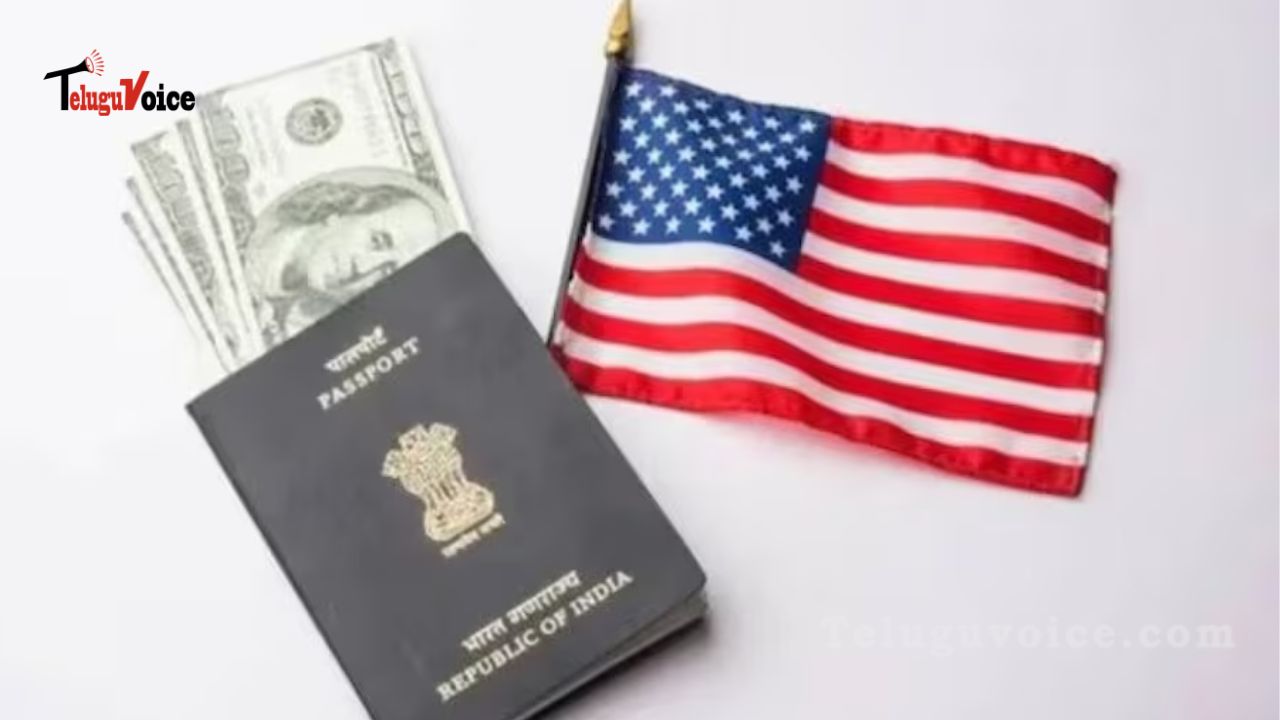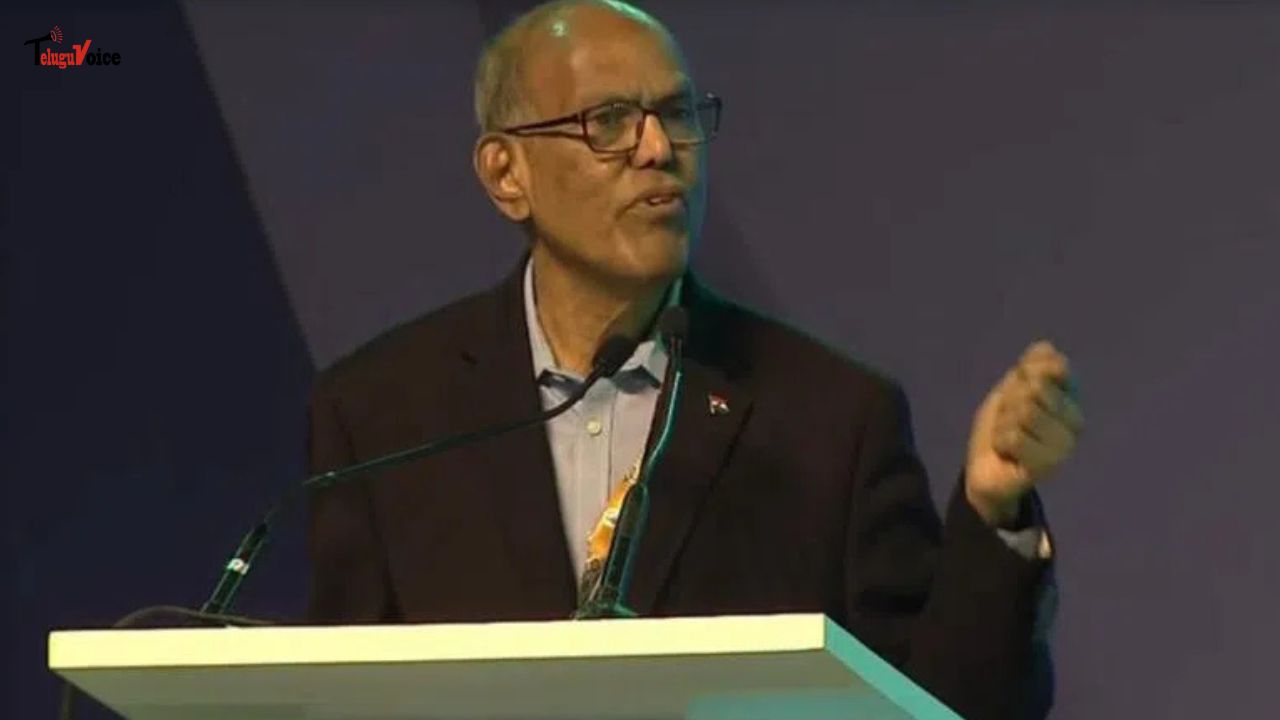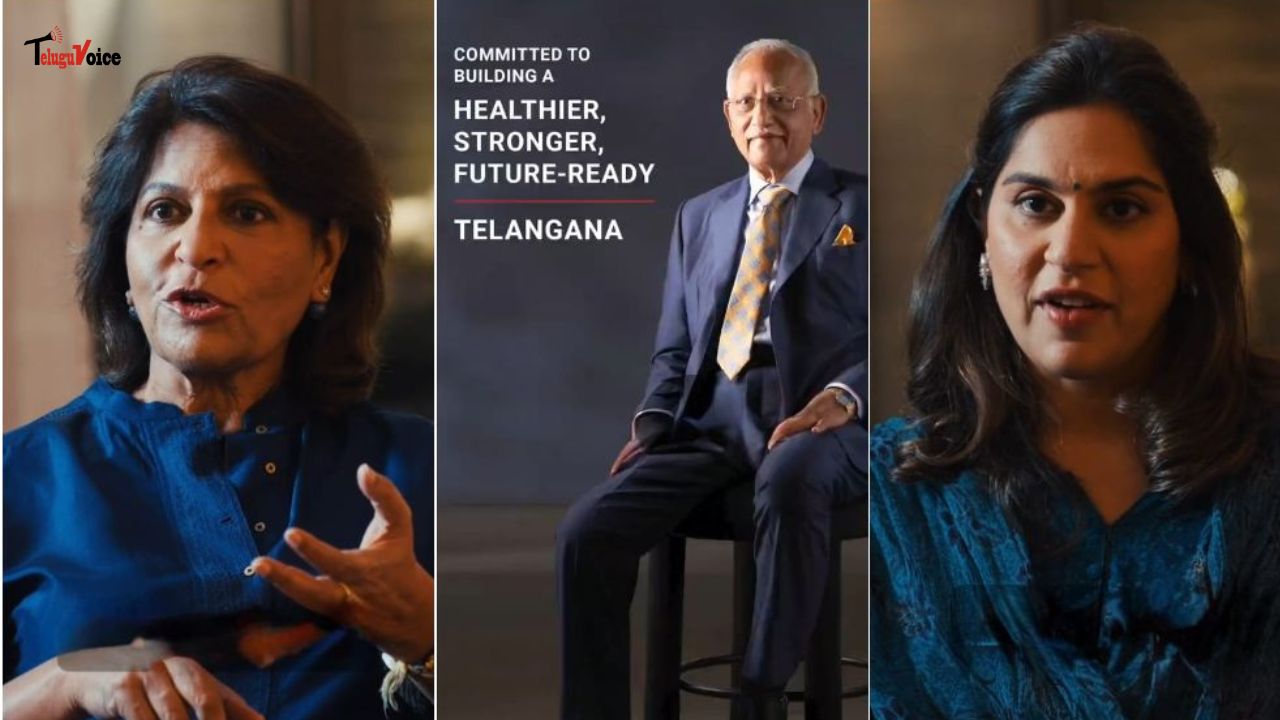10.7 lakh Indians are waiting 134 years for their US Green Cards.

According to a new analysis by David J. Bier, assistant director of immigration studies at the Cato Institute, as reported by the Economic Times, the backlog for employment-based Green Cards in the U.S., notably for Indians, has grown to frightening proportions. 10.7 lakh Indians are now stuck in the backlog, waiting to be processed in the EB-2 and EB-3 categories, with an estimated 134-year wait period.
1.34 lakh Indian children who may grow up and leave the country without receiving a Green Card are affected by the employment-based Green Card backlog, which this year has reached a record high of 1.8 million cases. This backlog is virtually a death sentence for new Indian candidates in the EB-2 and EB-3 categories, with the research estimating that 424,000 applicants may perish away while waiting.
The majority of the problems with the system are caused by the 1.1 million backlogged Indian cases. Over 400,000 people from India will pass away before receiving a green card, and new candidates would have to wait a lifetime to do so.
The EB2 category, which is for workers of U.S. companies with advanced degrees, has more over half of the backlog. According to the research, 19% more workers with at least bachelor's degrees fall under the EB3 group.
Children with defendant status on H-4 visas who turn 21 and lose their eligibility for their visa status are sometimes referred to as "documented dreamers." Some attempt to resolve this by applying for F-1 student visas, however they run into difficulties including fewer job prospects and greater costs. Even if they were born and raised in the United States and lack strong ties to their native country, some may be forced to make the tough choice of self-deporting there as a last option.
The U.S. immigration policy, which grants only 140,000 Green Cards yearly for applicants with employment-based visas and a 7% per-country limit, is at the core of the problem. Indian nationals are disproportionately impacted by this, especially those on H-1B visas, a sizable category of talented immigrants.

 South Africa tour of India 2019
South Africa tour of India 2019










Comments